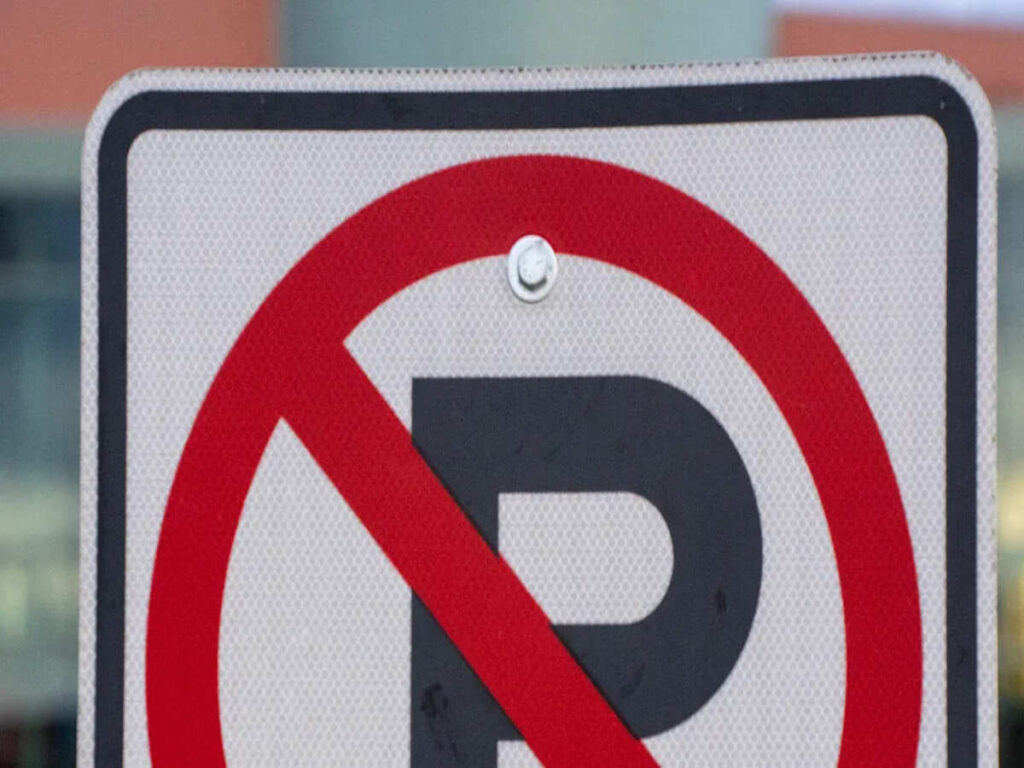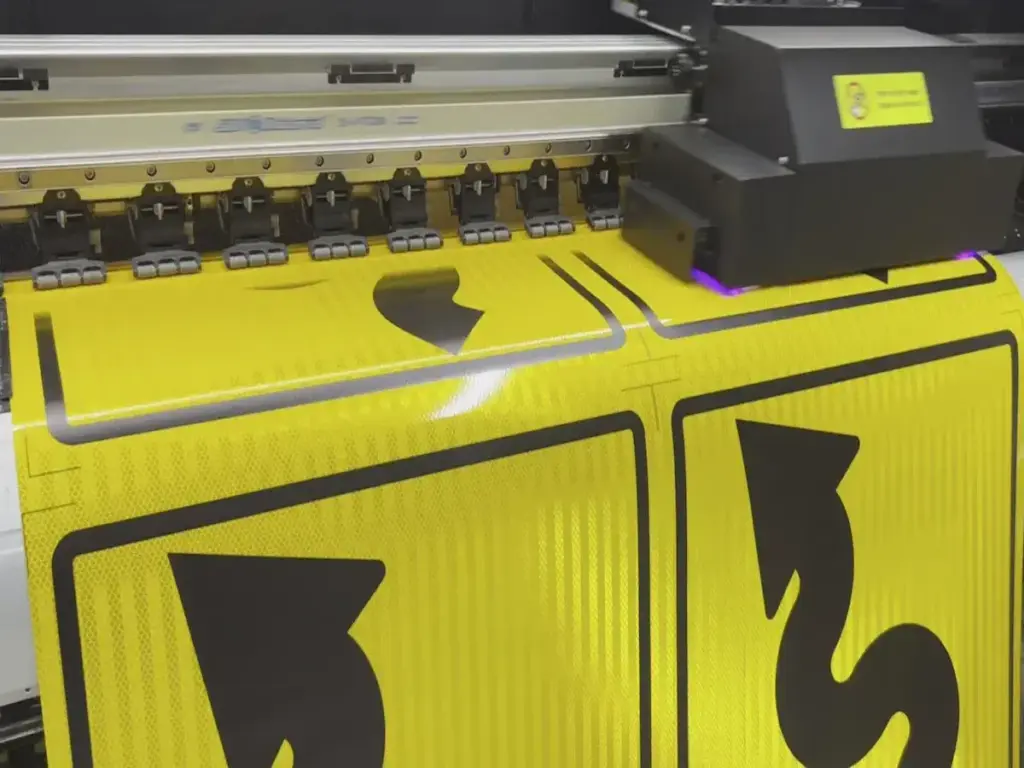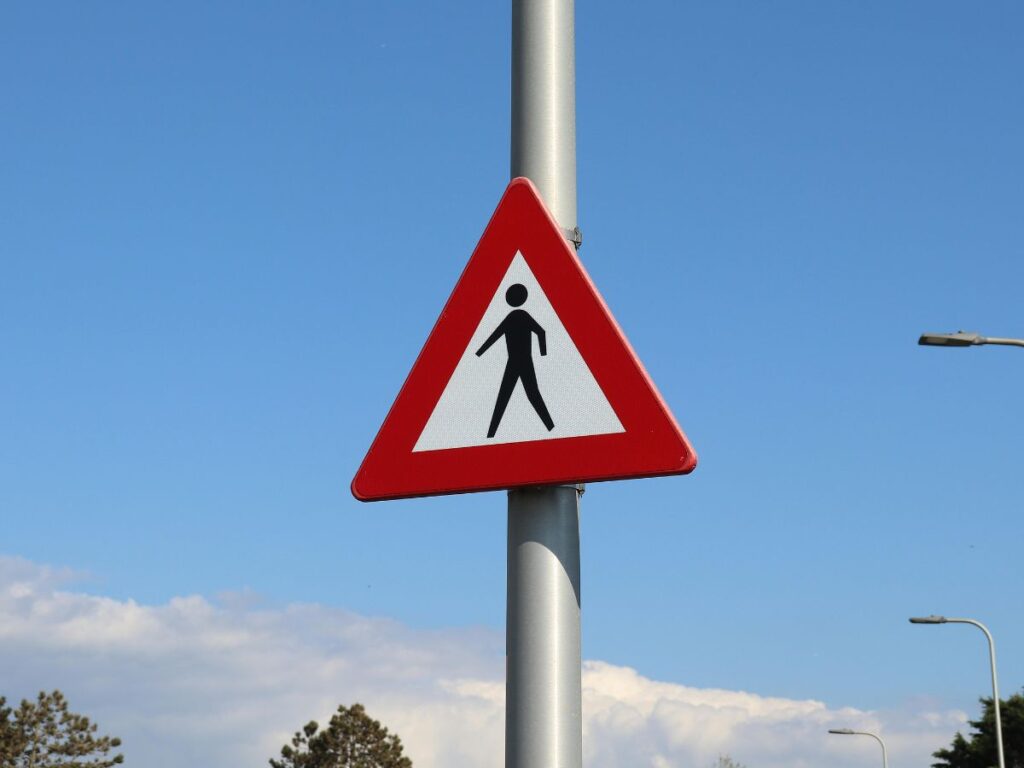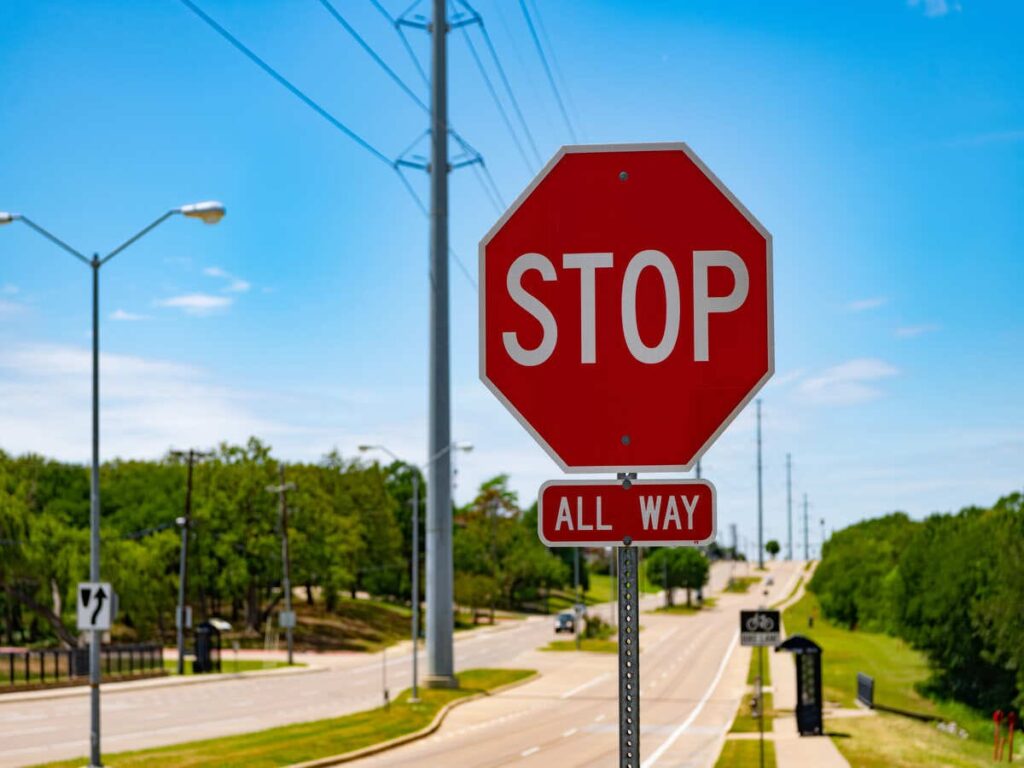
Reflective cones play a vital role in ensuring safety after a collision with a parked car. Their bright, retroreflective surfaces make them highly visible, even in low-light conditions. Studies show that reflective traffic cones can reduce nighttime accidents by up to 30%. By placing these reflective cones around your vehicle, you alert other drivers and create a safer environment. This simple step can prevent further accidents and protect everyone on the road.
Importance of Reflective Traffic Cones for Safety After a Collision
High visibility in low-light and nighttime conditions
Reflective traffic cones are essential for road safety, especially in low-light or nighttime conditions. Their reflective properties improve visibility, ensuring drivers can spot them from a distance. Advanced materials like high-intensity prismatic sheeting or diamond-grade sheeting enhance their reflectivity, making them effective even in challenging environments. Emergency responders often rely on these reflective cones because they are easy to deploy and highly visible. Reflective collars or strips further improve visibility, reducing the risk of accidents during nighttime or foggy weather.
OPTsigns offers premium reflective traffic cones designed for maximum visibility. With high-quality reflective sheeting, OPTsigns reflective cones provide clear and effective warnings in low-light conditions, ensuring safety on roads at all hours.
Preventing further accidents by creating a buffer zone
Using reflective traffic cones to establish a buffer zone can prevent additional accidents after a collision. Traffic authorities recommend placing cones strategically to separate your vehicle from oncoming traffic. Adjust the width and length of the buffer zone based on the speed of passing vehicles. Proper placement gives drivers enough time to react and avoid entering the zone. For example, during a highway construction project, reflective cones significantly reduced accidents by guiding drivers safely through the area.
OPTsigns traffic cones are an excellent choice for creating effective buffer zones. Their sturdy construction and bright reflective collars ensure that drivers have adequate warning to avoid hazardous areas, especially in high-speed zones like highways.
Legal and practical benefits of using reflective cones
Deploying reflective traffic cones after a collision not only enhances safety but also fulfills legal requirements in many areas. Some jurisdictions mandate the use of warning devices like reflective cones to alert other drivers. Beyond legal compliance, these reflective cones offer practical benefits. Their collapsible design allows for easy storage in your vehicle, ensuring you are always prepared. High-quality reflective materials meet safety standards, making them a reliable tool for improving road safety.
For OPTsigns customers, these traffic cones provide not only legal compliance but also long-lasting reliability. Easy to store and deploy, OPTsigns reflective traffic cones are crafted to meet the highest safety standards, making them a trusted choice for both everyday drivers and emergency responders.
Step-by-Step Guide to Using Reflective Cones Effectively After Hitting a Parked Car
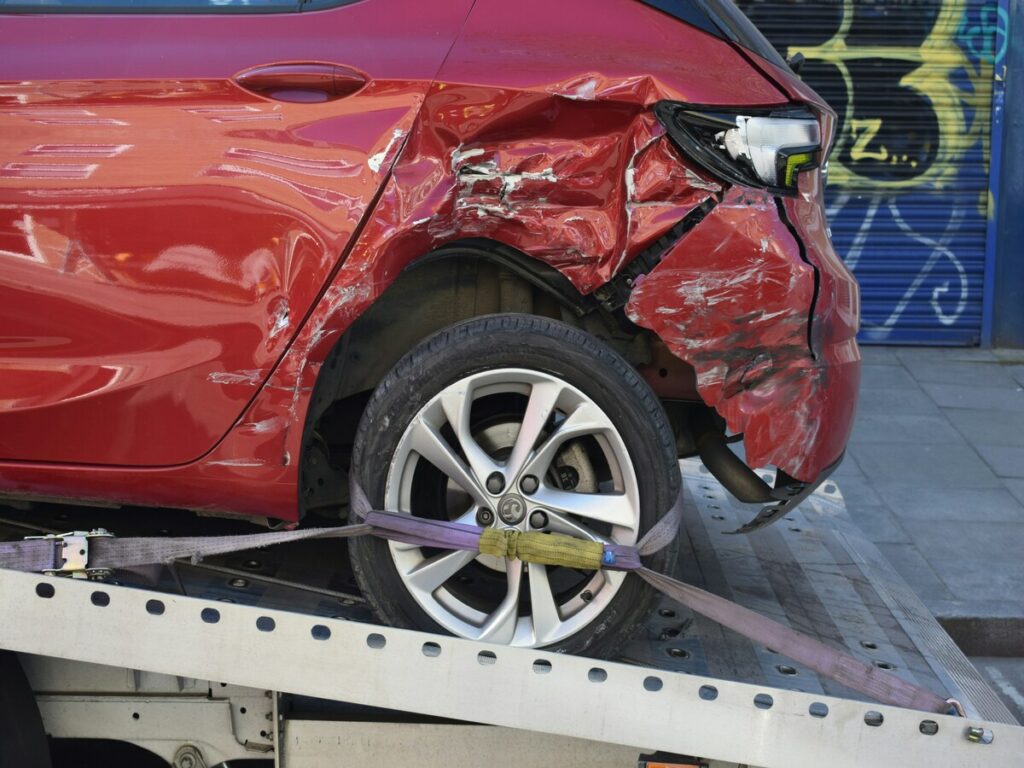
Assess the situation and prioritize personal safety
Your safety should always come first after hitting a parked car. Stay calm and assess your surroundings. Turn on your hazard lights to alert other drivers. If it’s safe, move your vehicle to a location that doesn’t obstruct traffic. Document the scene by taking photos of the damage, license plates, and the area around the accident. Notify the local police and exchange information with the vehicle owner if they are present. If witnesses are nearby, gather their contact details. Always check yourself for injuries and seek medical attention if needed. These steps ensure you stay safe while preparing to use traffic safety cones effectively.
Ideal placement of traffic safety cones to alert drivers
Place traffic safety cones strategically to warn other drivers about the accident. Start by positioning cones behind your vehicle to create a visible warning zone. Use reflective safety cones with reflective strips for maximum visibility, especially in low-light conditions. Ensure the reflective safety cones form a clear path that guides traffic away from your vehicle. This setup minimizes confusion and reduces the risk of further accidents. Always double-check the placement to confirm the reflective safety cones are stable and visible from a distance.
Recommended distances for cone placement based on road type
The distance between traffic safety cones depends on the type of road. On highways, space traffic cones with reflective tape at least 30 feet apart to give drivers ample time to react. In residential areas, shorter distances may suffice, but ensure the reflective road cones remain visible. For construction zones or high-speed roads, place reflective road cones at least 200 feet from the accident site to create a larger buffer zone. Adjust the spacing based on the speed of passing vehicles and the level of traffic.
Adjusting placement for weather or visibility conditions
Weather conditions can impact the effectiveness of traffic safety cones. In windy areas, use heavier cones or secure them to prevent tipping. During rain or snow, ensure the cones remain visible by cleaning off any debris or moisture. In foggy conditions, rely on reflective road cones with high-intensity reflective strips to enhance visibility. Always inspect the reflective road cones for damage before deploying them. Proper adjustments ensure the cones maintain their effectiveness in any situation.
Additional Safety Tips for Using Reflective Cones in Post-Collision Scenarios
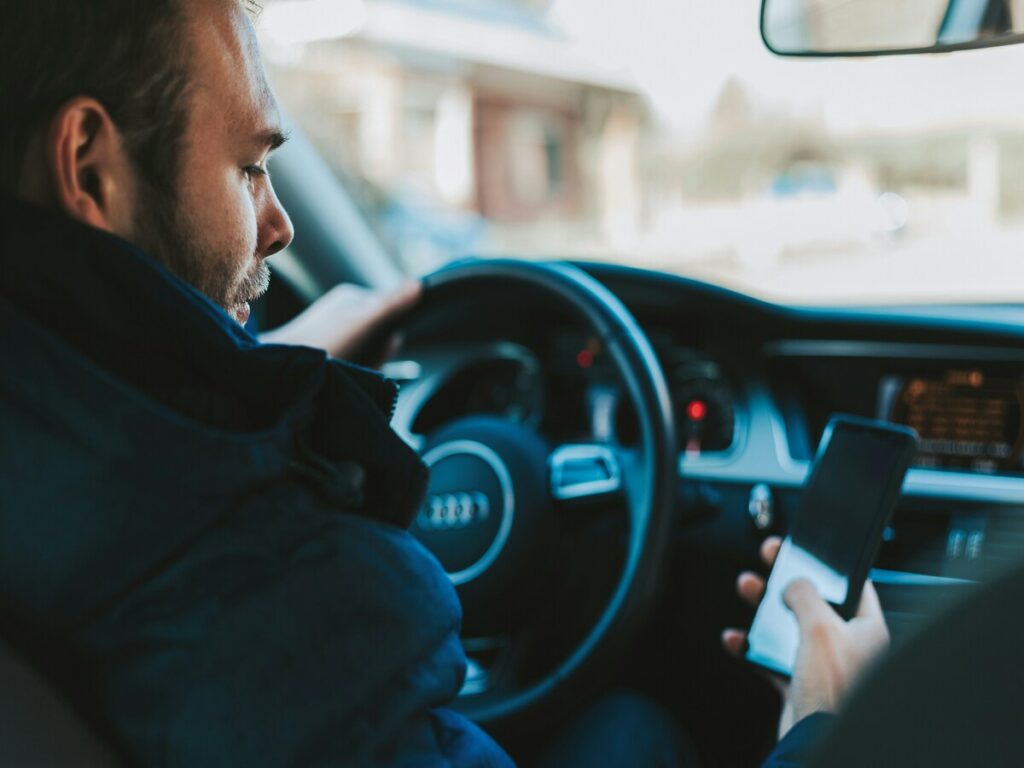
Regularly inspect cones for damage or wear
Inspect your traffic safety cones regularly to ensure they remain effective. Damaged cones with faded reflective strips or cracks can compromise visibility and reduce their ability to alert drivers. Check for wear caused by prolonged exposure to sunlight or harsh weather. Replace reflective road cones that no longer meet road safety standards. Keeping your road safety equipment in good condition ensures you are always prepared for emergencies.
Use cones with reflective strips for maximum visibility
Reflective strips on traffic safety cones significantly enhance their visibility, especially at night. These strips reflect light from vehicle headlights, making the reflective road cones noticeable from a distance. This feature allows drivers to identify changes in traffic patterns or hazards early, giving them ample time to react. Reflective cones also help prevent accidents by clearly marking hazardous areas. When purchasing traffic cones with reflective tape, prioritize high-quality materials that maintain their reflectiveness over time. For added visibility, consider reflective road cones equipped with LED lights, which emit a steady or flashing glow in poorly lit areas.
Consider collapsible cones for quick deployment
Collapsible traffic cones are an excellent choice for emergencies. Their lightweight design makes them easy to carry and deploy quickly. You can set them up instantly to redirect vehicles around accidents or obstructions. This quick deployment reduces the time you spend on the road, enhancing your safety. Collapsible traffic cones are also portable and easy to store, making them ideal for temporary use. Despite their convenience, they remain durable and reliable for various situations.
Stay visible by wearing reflective clothing and using hazard lights
Your visibility is just as important as the traffic cones with reflective tape you use. Wear reflective clothing to ensure drivers can see you, especially in low-light conditions. Activate your vehicle’s hazard lights to further alert oncoming traffic. These safety measures work together with traffic safety cones to create a safer environment. By staying visible, you reduce the risk of accidents and protect yourself while managing the situation.
Reflective cones are vital for ensuring safety after hitting a parked car. Proper placement reduces risks and keeps traffic flowing smoothly. Always stay prepared with essential tools like a first-aid kit, reflective triangles, and hazard lights. Your readiness to handle unexpected situations ensures safety for you and others on the road.

